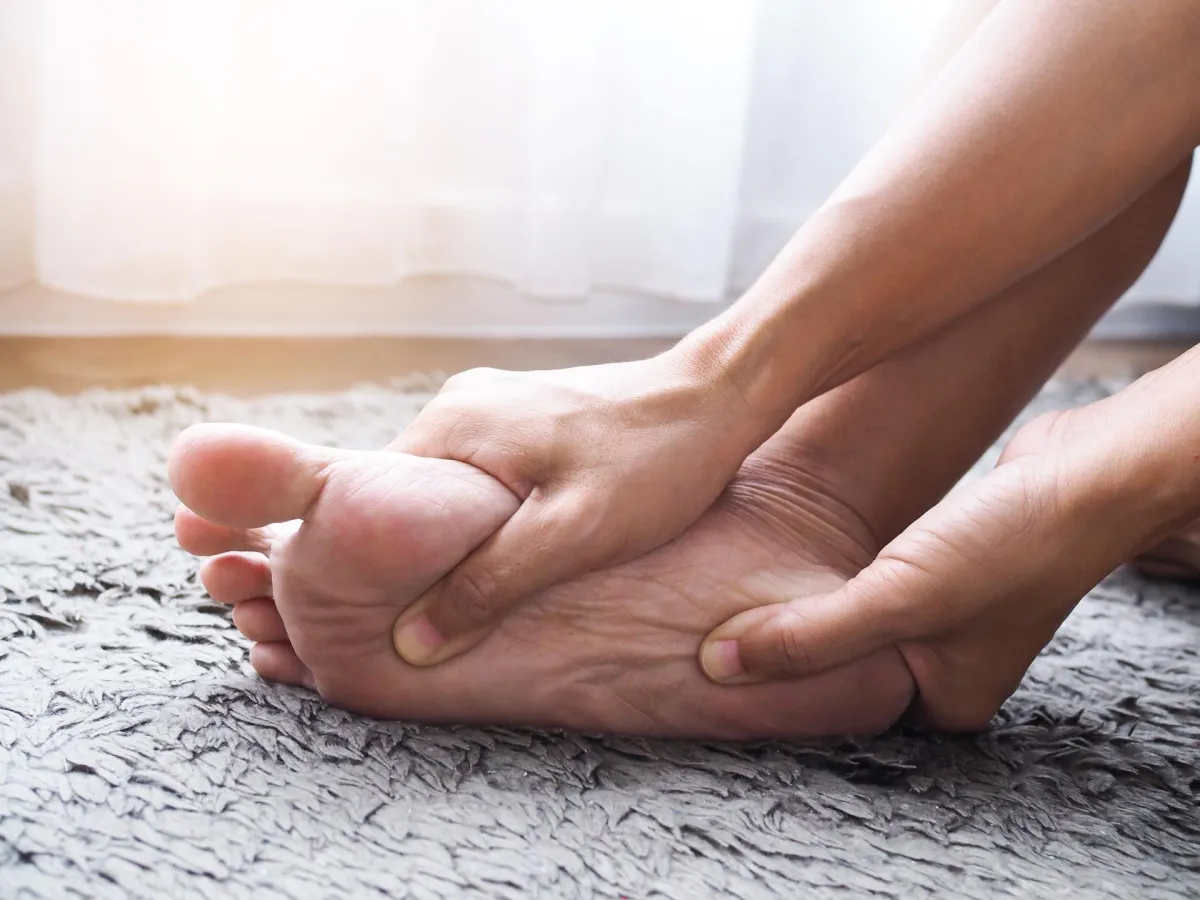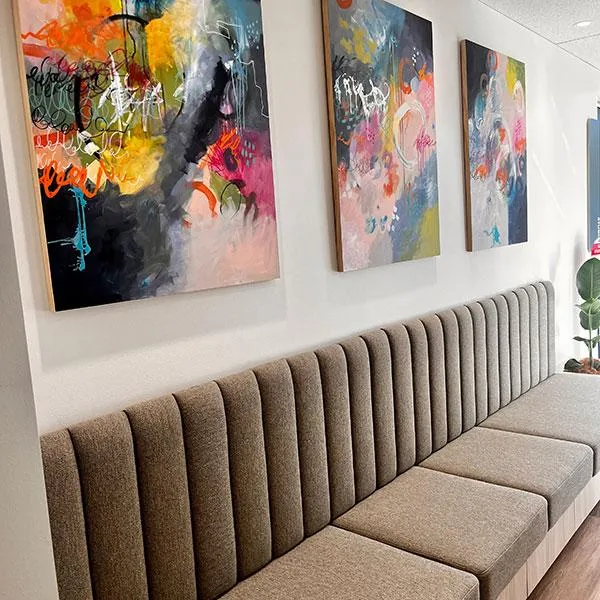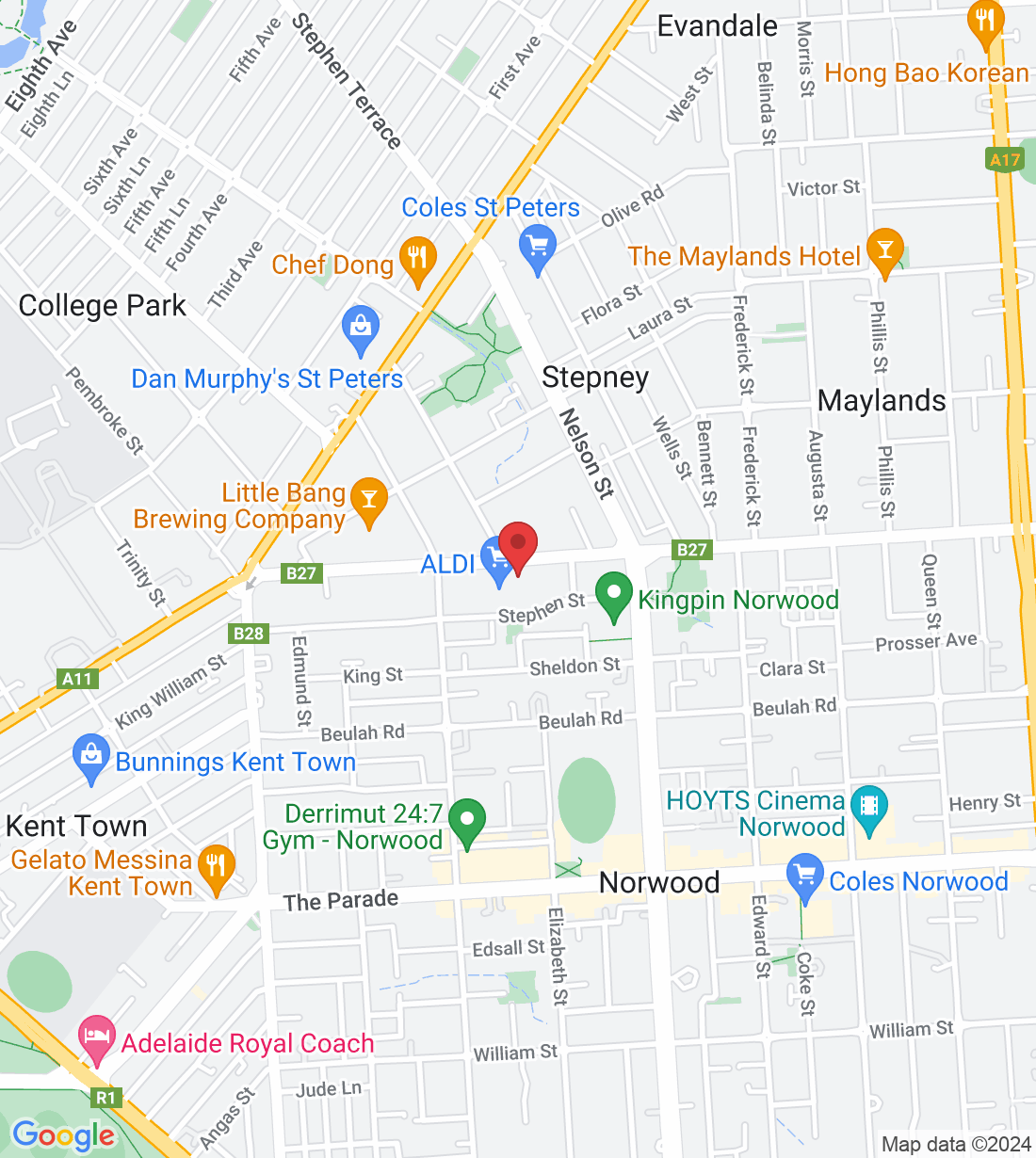
Understanding Plantar Heel Pain
Plantar heel pain (PHP) is a common foot problem that can make walking and even standing painful. PHP is pain in the bottom of your heel or along the arch of your foot. It generally refers to an injury to a structure called The Plantar Fascia.
The Plantar Fascia is a thick band of tissue similar to a tendon that connects the base of your heel to your toes. It generally helps to support the arch of your foot as well as absorb shock/forces when you walk, run or jump. PHP generally refers to an injury to the Plantar Fascia. It's often called different names like plantar fasciitis, plantar fasciopathy, or plantar fasciosis. These names describe different stages of the condition:
Plantar fasciitis: When the tissue on the bottom of your foot is inflamed due to an acute overload of stress. This is usually the early stage of the injury and with the right treatment will settle quickly.
Plantar fasciopathy: When the stress to the plantar fascia has been around for a longer period of time and there have been changes that have occurred in the plantar fascia in response to this stress such as small tears and thickening. Interestingly this condition isn't always painful! But it does take a lot longer to treat.
Plantar fasciosis: Long-term degenerative condition of the Plantar fascia meaning that it doesn't do a good job at either supportive your arch or absorbing shock. This is the most chronic of conditions and needs more long term treatment.
Why Does It Happen?
Simply put, PHP happens when too much stress on the Plantar Fascia that it can't cope. This can be due to:
Too much standing, walking, running, jumping, dancing: A huge issue with athletes. They do not give the tissue enough rest to recover between sessions such that it fatigues and becomes inflamed, irritated and potentially injured.
Being overweight: Extra weight puts more stress on your feet and makes it harder for the Plantar Fascia to support the arch and absorb the forces of standing and walking.
Genetics: Having a tendency for increased mobility in the foot or ankle or having an arch that sits low may result in an overload of the Plantar fascia
Wearing the wrong shoes for the activity: Shoes that don't support your feet well can lead to an overload of the Plantar Fascia area.
Who Gets It?
Plantar heel pain is most common in:
Athletes: Those who run, jump, dance or skip a lot will often overload their plantar fascia.
Middle-aged and older adults: Usually between 40-60 years old. They will generally suffer more of the chronic Plantar Heel pain issues.
Women: They tend to get it more than men. Once again - thanks hormones! It is particularly prevalent in that perimenopausal period because of the importance of Oestrogen on tendon type tissue.
People who are overweight: Extra weight increases the risk.
People with jobs that require a lot of standing or walking: Like teachers or tradies.
How to Tell If You Have It
Common signs of plantar heel pain include:
Heel pain: Sharp pain in your heel, especially when you first get up in the morning.
Pain after resting: Pain that gets better with activity but comes back after sitting or lying down.
Tenderness: Pain when you press on the bottom of your heel.
Stiffness: Your foot feels stiff, especially in the morning.
How to Diagnose It
Physiotherapists can diagnose plantar heel pain by:
Checking your foot: Watching your walking pattern, testing the mobility and strength of your foot and palpating specific spots along the Plantar Fascia.
Imaging tests: You can see your GP and have an ultrasound or MRI to see the tissue in your foot. However this is rarely the first step as it is unlikely to change the course of treatment.
How to Treat It
There are several ways to treat plantar heel pain:
Manual Therapy: Physiotherapists can use hands-on techniques to help your foot move better and reduce pain.
Stretching Exercises: Stretching the bottom of your foot and your calf muscles can help.
Foot Taping: Taping your foot to support the arch and reduce strain.
Orthotics: Either a heel cup or arch support. Research suggests off the shelf orthotics are just as good as individualised/ moulded orthotics for plantar heel pain - and a lot more cost effective.
Strengthening exercises: Improving the strength and control of the muscles around your foot and lower leg to improve the capacity of the plantar fascia to do it's job.
Education: Learning about the right shoes to wear and how to take care of your feet.
What to Expect
How long the plantar heel pain has been there will determine how long it will take to get better. Unfortunately most people delay getting treatment for their PHP which then prolongs the recovery process. However for those that are prepared to put in the work, most people get better within 3-6 months with the right treatment.
Plantar heel pain can be tough, but with the right care, you can get back on your feet. Understanding why it happens and how to treat it can help you manage the pain and improve your quality of life.
If you have any questions or need more information, feel free to ask!
Ask a question of Vital Core Physiotherapy
Fill in the form to request a Call From Our Team
One of our team will call you for FREE and answer any questions or concerns you may have about your condition
© 2023 Vital Core Physiotherapy





